Why are you interested in learning more about inbound vs outbound marketing?
The world of marketing has witnessed a significant transformation with the evolving online industry and e-retail businesses. The business marketing requirements, of course, differ based on the platform, audience, mission, and vision.
Well, be it a brick & mortar business or an eCommerce setup, marketing, and advertising are an inevitable part of your sales strategy.
Did You Know?
On average, a person is exposed to approximately 8,000-10,000 ads content, each day.
Yes, your prospects are bearing too much pressure to choose their best fit from a pool of ads. Moreover, this ads count includes everything from TV ads to banner hoardings and digital ads on the internet to social media.
It is a tough competition, therefore, to attract the interest of your potential audience among such big crowds of marketing advertisements. Thanks to the tech evolution, there are distinct marketing approaches that businesses can adopt to reach their prospects, namely, inbound marketing and outbound marketing.
“Inbound vs Outbound” tifts also grew with the growing market. However, there still happens to be some critical differences that marketers seek in order to plan their marketing strategies.
In this blog, further, we shall read more about the Inbound vs outbound marketing tift along with the briefings on Inbound Marketing, Outbound Marketing, Challenges of Outbound Marketing that gave rise to the inbound marketing for eCommerce, and the benefits of using it.
Inbound vs Outbound: An Overview
Have you been ever aligned to prepare the marketing strategy for your business?
Curating a marketing strategy is a path that leads in multiple directions. It’s up to you whether you want to make splashy signage or get involved in a personalized conversation with the target audience to guide them through your products and services.
Inbound vs outbound marketing comparison is the most common comparison for overarching marketing strategies.
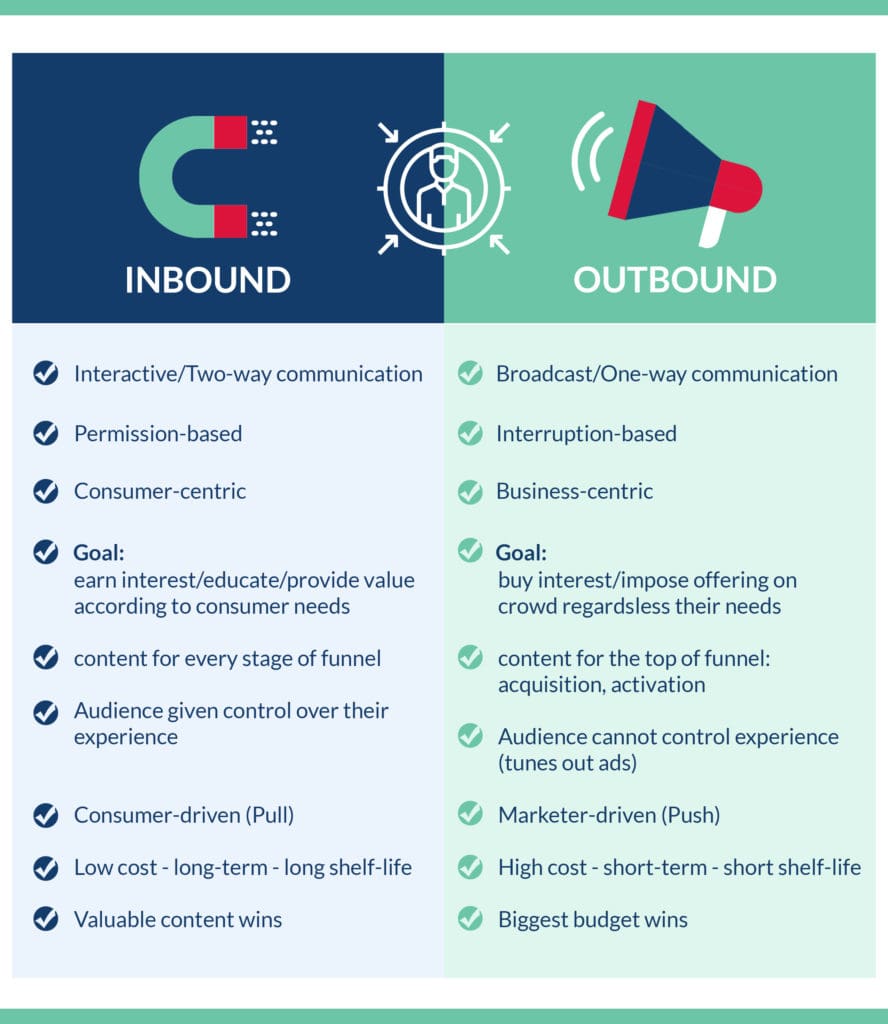
Source: medtextpert.com
This is just an overview of the difference between inbound marketing and outbound marketing approaches. Moving ahead, we’ll read through the outbound marketing approach and the challenges it faced that enhanced the demand for Inbound marketing in the online industry.
What is Outbound Marketing?
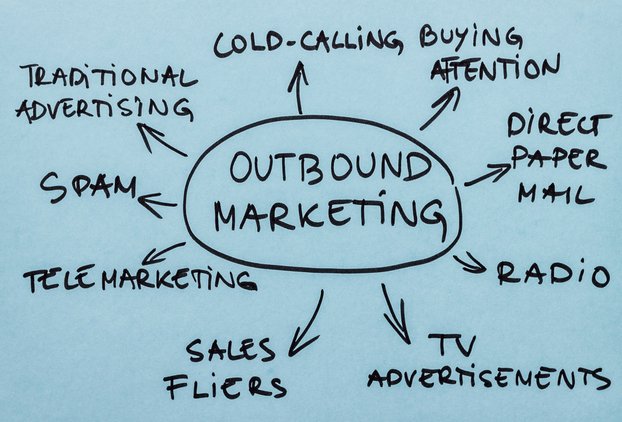
Source: leadg2.thecenterforsalesstrategy.com
Outbound marketing, aka, traditional marketing is the most classic approach to implementing marketing strategies for product/service promotion. Sending messages to massive audiences or rolling out banner hoardings, staging radio spots for audio marketing, etc. are all included under the hat of outbound marketing.
The sole purpose of preferring an outbound marketing approach is the hope to make a sale. Outbound or traditional marketing works on the fundamentals of spreading information to larger groups for larger sales in return.
Although outbound marketing is associated with traditional marketing methods, it is also applied by modern marketers to more modern technology, like pay-per-click advertising and spam emails.
According to the survey conducted by Databox, modern companies are utilizing the traditional marketing methods and concepts with modern twists to fulfill their purposes.

Well, now the question is if their methods are still promising, then why is there a strong belief that outbound marketing is dead and inbound marketing is the future?
The Problems or Challenges With Outbound Marketing
With outbound marketing, you’re serving the same message to such a huge audience size, that you can’t personalize their experience and are bound to keep the message general for all.
Therefore, you lose the opportunity to be specific and relevant to the dedicated group’s needs and challenges. Outbound marketing can be difficult to get right. Here are some cons of using outbound marketing tactics for modern business requirements –
- Outbound marketing is more generalized because it is challenging to make it appealing and pertinent to everyone.
- Tuning out of outbound marketing is easier than tuning in. For example, you can easily delete all your spam mails and mute out the TV ads with just a click of a button.
- With outbound marketing, tracking the performance of each activity is a complex task.
- Outbound marketing is expensive, paying for radio ads slots, banner ads, purchasing billboard spaces, traveling for door-to-door sales campaigns, etc.
What is Inbound Marketing?
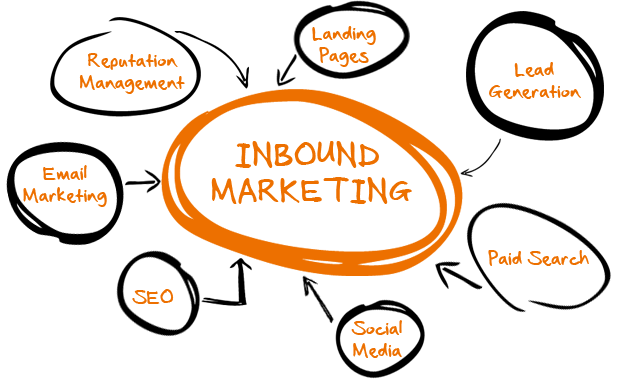
Source: matchcraft.com
The inbound marketing approach, on the other hand, acts as a magnet that attracts potential leads to your business rather than pushing out messages. With inbound marketing, you have the opportunity to guide, mentor, help, and educate the visitors directly related to their requirements and searches (they‘re doing on your website).
Explore Inbound Marketing for eCommerce!
For detailed and more comprehensive knowledge of inbound marketing for eCommerce, read our free guide.
Content is the core of inbound marketing. It is also the most crucial point of difference when we talk of inbound vs outbound marketing. As we discussed above, how outbound marketing is bound to create general content considering the size of the audience they target at once.
With inbound marketing, there is no such limitation. Rather, you can easily create more personalized and targeted content to lure in your prospects with information that they really want and are looking for.
Inbound marketing includes content for everything –
- Blog content
- Website content
- Video/image/infographic content
- White papers
- Guides and eBooks
- Tip sheets & hacks list, etc.
The inbound approach helps you align your marketing strategies with the specific points in your buyer’s journey.
HubSpot coined the term inbound marketing back in the early 2000s. Nobody knew then that this modern marketing approach will disrupt the marketing industry, completely. Since then, inbound marketing is constantly evolving.
Inbound marketing works on the flywheel concept with stages, namely, attract, convert, close, and delight. This inbound marketing process caters to the prospect through each stage of their journey for a dedicated and comprehensive customer experience.
Moreover, inbound marketing remains intact with its 5 core principles, abbreviated as SCOPE. These inbound marketing principles act as a guide for applying and implementing inbound strategies successfully, and effectively.
The Benefits of Inbound Marketing
Implementing inbound marketing helps you determine the right marketing approach for your business and also leverages the following benefits –
- Inbound marketing is convenient and non-invasive. Customers have the access to blogs and other informative resources as and when they need them instead of a fixed period of access time.
- With inbound marketing, you can analyze and quantify each part of your marketing strategy by just adding a metric to it.
- Renders education to make the customers aware at each stage of the sales funnel.
- Inbound marketing attracts leads continuously to your website with regular updates in content and website.
There’s more with inbound marketing to take benefits from for your business to grow better. However, not investing more time here now, let’s move to the next section detailing Inbound vs Outbound marketing.
Inbound Marketing vs Outbound Marketing
There are several main differences between inbound and outbound marketing. Inbound marketing focuses more on creating and sharing content to attract people and leads to the website. While outbound marketing involves proactively reaching out to consumers to get them interested in a product.
Inbound marketing is subtle and is keen into convincing the prospects to make a purchase decision when they’re all convinced about the product/service and the added support facilities. The outbound approach is more aggressive. It doesn’t aim to convert each prospect’s lead. Instead, it works on the expectation that at least some ratio of the concerned audience gets converted.
Inbound Marketing |
Outbound Marketing |
| Works on the base of informative content created to help targeted sections of the audience to resolve their queries or keep them informed. | It works on the basic idea of creating one-way, non-digital content to attract customers and make a purchase. |
| Includes interactive content forms like blogs, social media posts, webinars, reports, etc. | Includes content that is directly displayed in the mail, magazine ads, TV, etc. |
| Messaging is tailored to specific consumers | Messaging must stand out among millions of other ads consumers see each day |
| All-encompassing strategy across multiple channels | Linear strategy with limited channels |
| Measurable through digital marketing software | Difficult to measure attribution from physical advertising |
However, the effectiveness of your marketing strategy is everything. There are businesses running with either of the two marketing approaches and when asked about their results and whether their opted marketing strategy is working for them, the response was in favor of both marketing strategies.
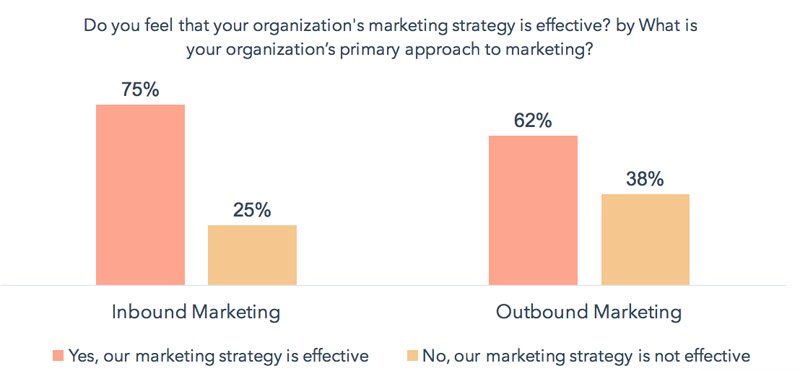
Source: digitalmediastream.co
Inbound marketing still gets a preference with 75% of votes in favor. Additionally, if pricing and costing factors are taken into consideration, inbound marketing brings in higher ROI on any given day with minimal expenses in contrast to outbound marketing.
Summing Up!
Outbound marketing and inbound marketing are two distinct approaches to marketing. However, traditional or outbound marketing is not wholly applicable to today’s marketing requirements though few industries still believe in its concepts strongly.
Inbound marketing, on the other hand, is the modern marketing approach for the eCommerce industry to nurture their leads by converting them to customers and delighting them with the best of experiences.
The inbound vs outbound marketing fight is a never-ending conflict. It’s not necessarily needed to go with either of the two. The business is yours and so is the choice of whether you want to go with inbound marketing or outbound marketing or a mix of both marketing approaches.
Want to implement the marketing mix for your business?
But not sure how to frame your marketing strategy with an equal proportion of inbound and outbound strategies?

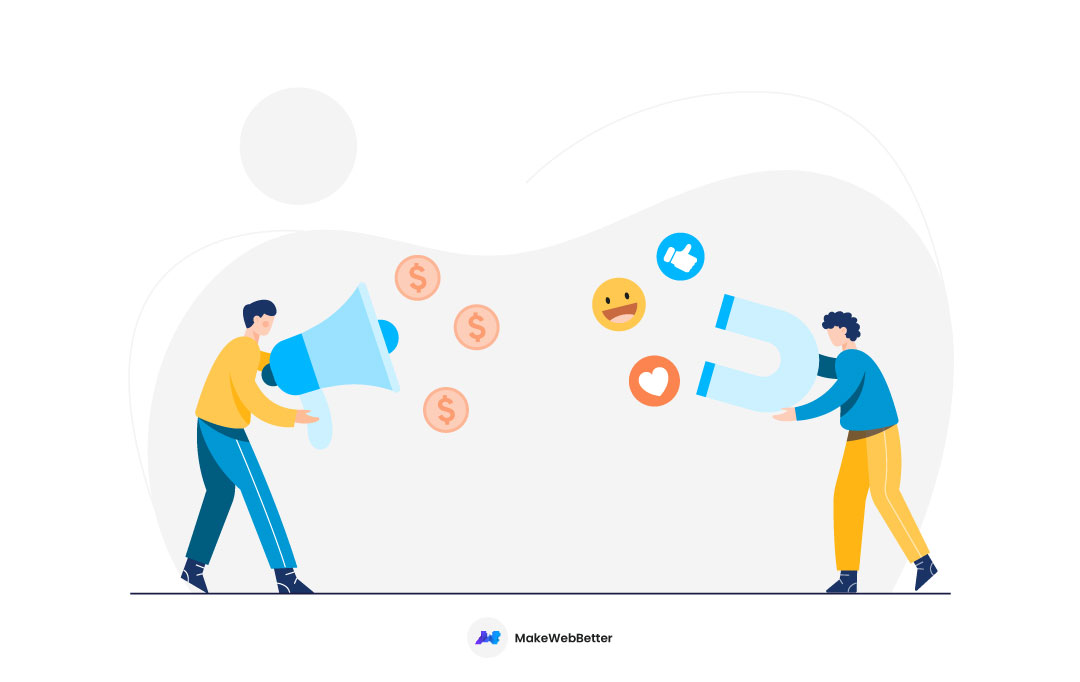

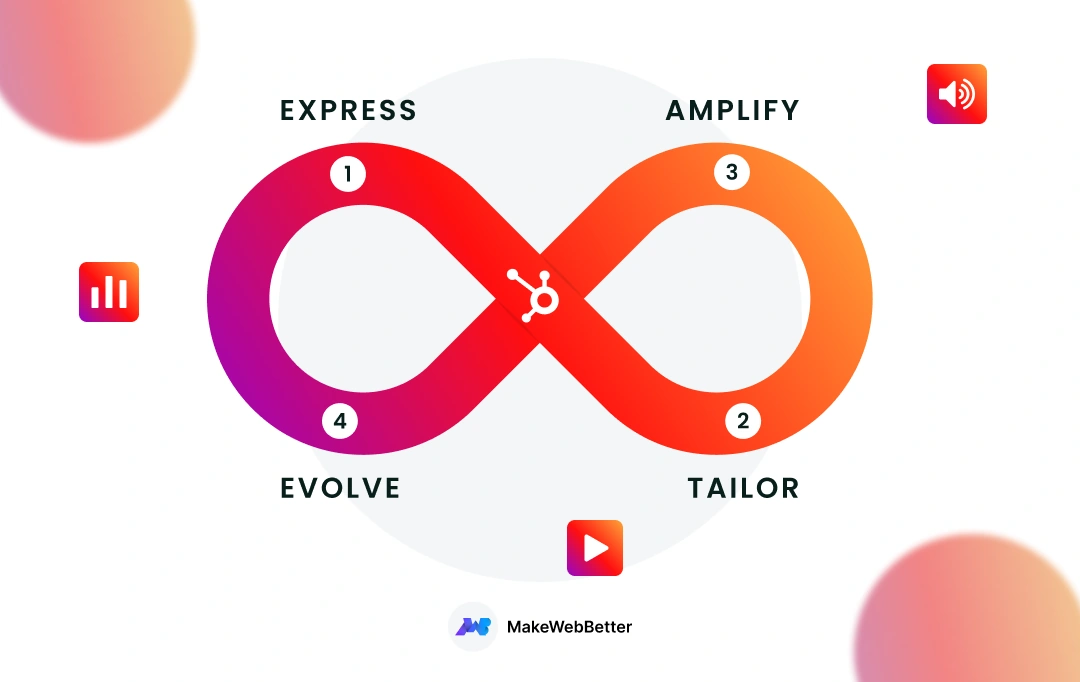







Thank you for being honest and giving credit to the source of your images. medtextpert
My pleasure Katja. Your image content was so good that I couldn’t resist using it for my blog.
Hello there,
I believe most marketers today spend 90% of their efforts on outbound marketing and 10% on inbound marketing, and I advocate that those ratios flip. To do so, follow the “Attract, Engage, Delight” model. To attract your audience, develop a strong content strategy.
I totally agree with you, Mr. Miler. Marketers yet need to understand the importance of inbound marketing for eCommerce and the digital industry.